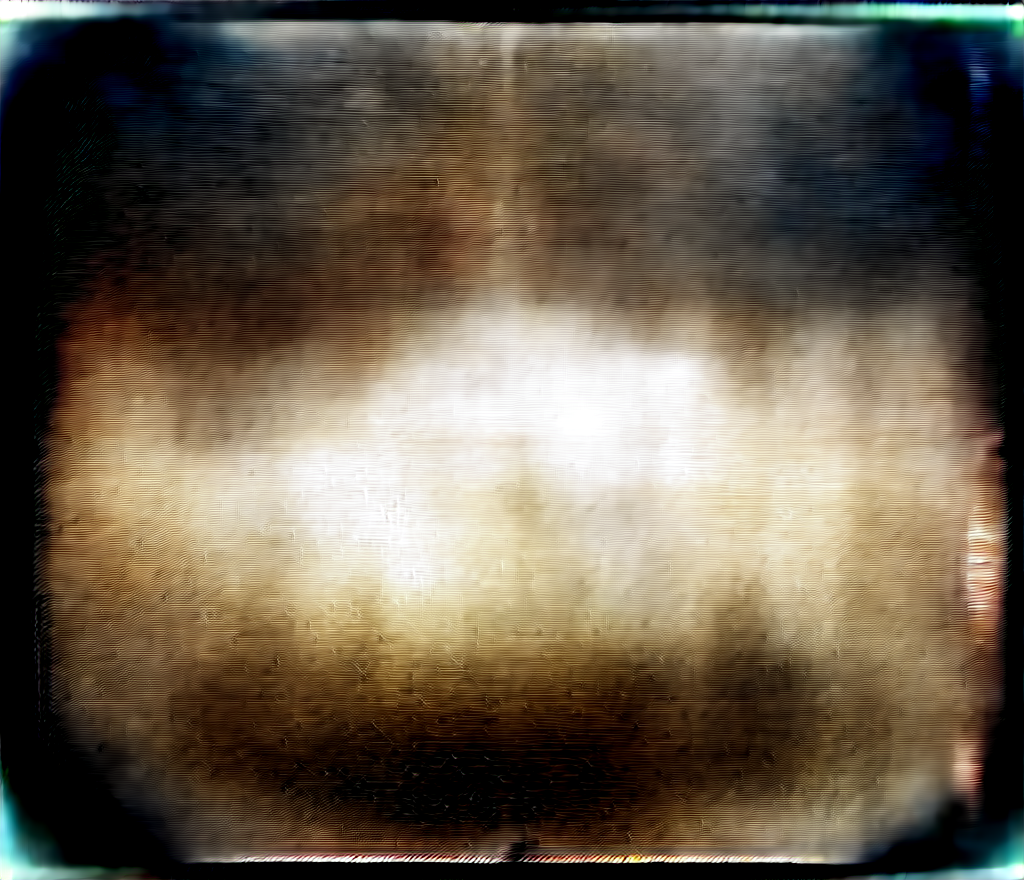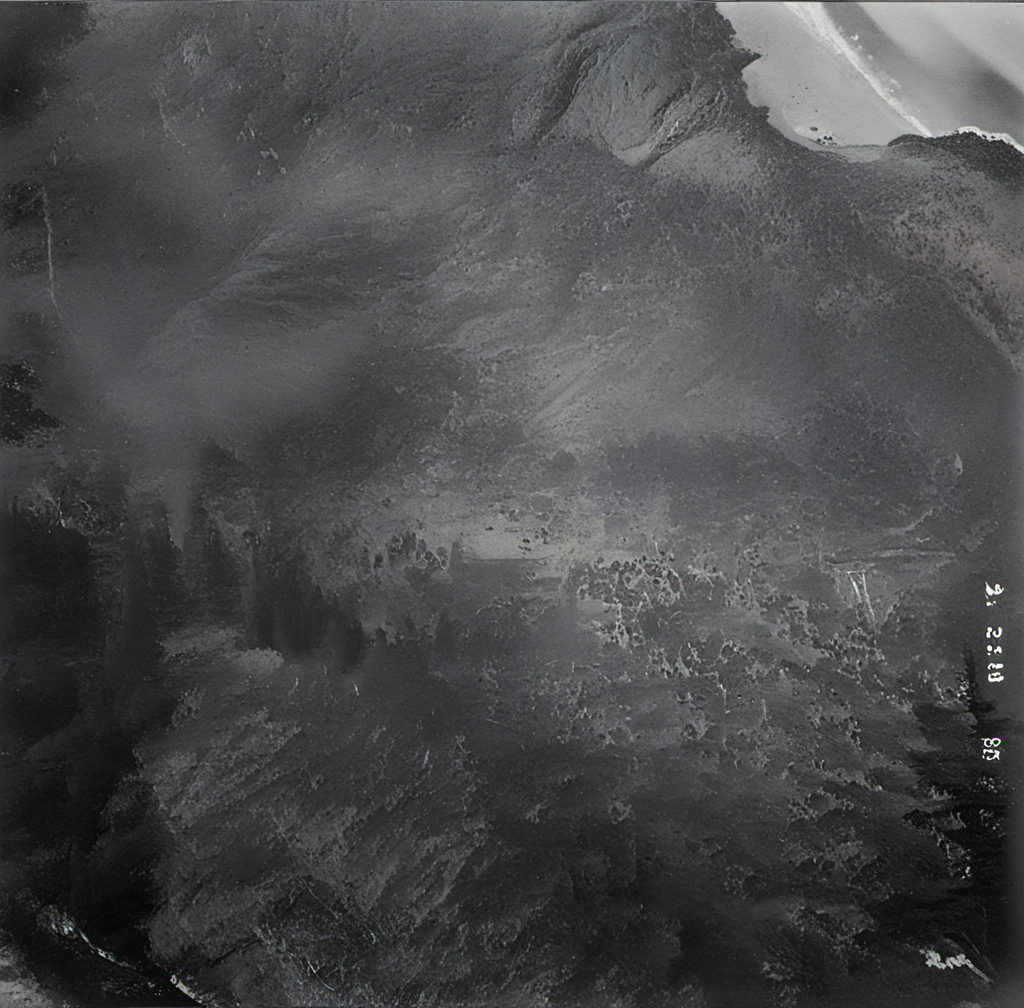Views of Unknowable Lands
archival photography, Generative AI (Diffusion models and low-rank adaptation)
This project was featured in Hallucinating California, a group show curated by Edek Sher as part of the 7th Wrong Biennale – more info at screenshotfantasy.com.
I’ve spent years developing a photography practice rooted in the connection between my physical body and my environment. I find value in the act of dragging a heavy camera deep into the wilderness to make images rooted in my attunement to the rhythms of the nonhuman world.
To divorce image making from that physical, embodied practice has been interesting, but not wholly fulfilling. I’ve been able to generate piles of compelling images, full of many qualities I look for in my own work. They’re beautiful, engaging, unsettling, uncanny. They tread the line between representational and abstract. At times, they almost convey narrative and emotion. But after sitting with this body of work, I’m learning that there’s something lost when the human hand is editing, curating, and shaping, instead of making the work. The hand is where fear, love, heartbreak, and loss turns into the work. The hand is where the act of translation happens.
This work – and every generative AI project – relies on systems and data sets that obfuscate by design. They’re built to wash away the friction, the sticky parts, the “hard” parts of making an image. And to some extent, it works. It’s easy to generate images. But the work of an artist is to confront those frictional moments, because that’s where the richness of the world starts to enter the work. When that friction – and all the micro-decisions an artist has to make along the path from nothing to something – is swept away with the ease of a text prompt or numeric adjustment, something vital and necessary is lost with it.
That said, this is a tool that’s being used to wreak havoc on the world around us – maybe not so much creatively, for the reasons above, but certainly financially, socially, and environmentally. At a moment when we need to be spending more time talking to each other, we’re instead turning to ChatGPT for emotional support and directional guidance. In a time when the burning world demands that we reduce our extractive consumption, we’re building ever larger data centers that suck the water from entire towns. Still, it’s everywhere, and as an artist deeply committed to the value of experimentation and curiosity, it was important to me to really engage with it.
I structured that engagement by looking at the relationship between this extractive and exploitative tool (generative AI) and photography, which is historically also extractive and exploitative. From anthropological “capturing” to military reconnaissance to annexation and territorial expansion, photography has long been used to conquer and subjugate the land and those it supports. It also, of course, has been used to create national parks, to document the full range of life in this world, to honor and respect the land. The morality of photography is not simple.
For this project, I built four data sets: one from a USGS aerial photography flight over the California coast in 1942, presumably for military or industrial development purposes. A second dataset came from public domain photographs from early California photographers – mostly Carleton Watkins and Edweard Muybridge – whose documentation of Yosemite in particular formed the foundational visual mythology of the American West but whose expeditions were often sponsored by government or industrial clients. The third dataset contains public domain photographs by Ansel Adams, whose beautiful images inform all landscape photography since, but whose work often ignored or deliberately effaced the people living on the “pristine” and “untouched” wilderness he was photographing. The fourth dataset is my own landscape photography, primarily of the American West.
All of the images in this series are permutations of these four datasets run through and against each other, underpinned by the requisite “base model,” an enormous black-box dataset made by scraping huge swaths of content from the internet.
I’m trying, with this work, to directly address the fraught history and current dangers of these tools. And, also, to probe its value as a device for making creative work. I’m not yet convinced.











